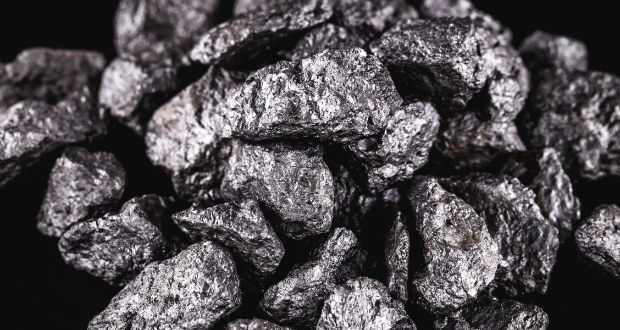China's strides in the hypersonic field are a manifestation of its broader strategic intentions and underscore its drive toward technological and military preeminence. This journey toward mastering hypersonic technology is not merely for show; it is about redefining the global balance of military power.
A successful deployment of these weapons would enable China to redefine the term “first-strike advantage.” Such a capability is not merely about striking first; it is about striking in a manner that leaves the opponent minimal time or capacity to react, effectively nullifying their defensive postures. This introduces a dangerous paradigm wherein the traditional cushion of time provided by early warning systems is drastically reduced. For the United States, this might mean that even with the world's most advanced detection systems, the window to act could be so minimal that it might be rendered ineffective. As the United States and China jostle for dominance in this arena, the strategic significance of an elemental material, niobium, emerges as a pivotal concern, and with it, China’s rising dominance in the Western Hemisphere’s mining sector.
Niobium: The Aerospace Marvel
Vacuum-grade niobium’s role in aerospace is not a newfound revelation. Its unparalleled resilience against extreme thermal stresses, withstanding temperatures over 2,400 degrees Celsius, renders it indispensable for critical components in hypersonic vehicles. Beyond its inherent properties, niobium’s pivotal role lies in its use for crafting heat-resistant superalloys essential for hypersonic missiles and the broader aerospace sector. Its low density compared to other refractory metals contributes to a high strength-to-weight ratio, which is essential for reducing the weight of aerospace components. This reduction in weight directly impacts fuel efficiency and payload capacity, two critical factors in aerospace design. For example, companies like SpaceX and Hermeus depend on niobium C103 for their spacecrafts, which require extremely high temperatures that surpass that of other superalloys.




